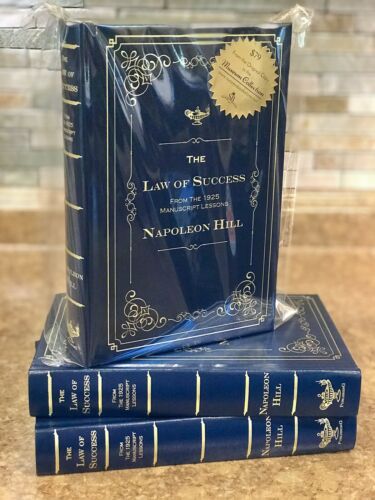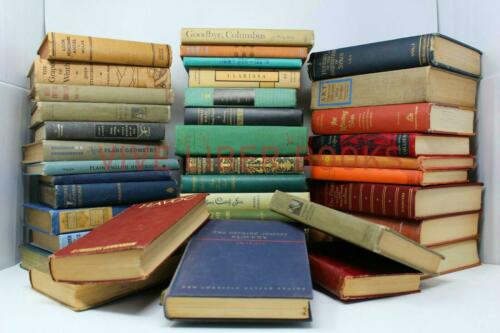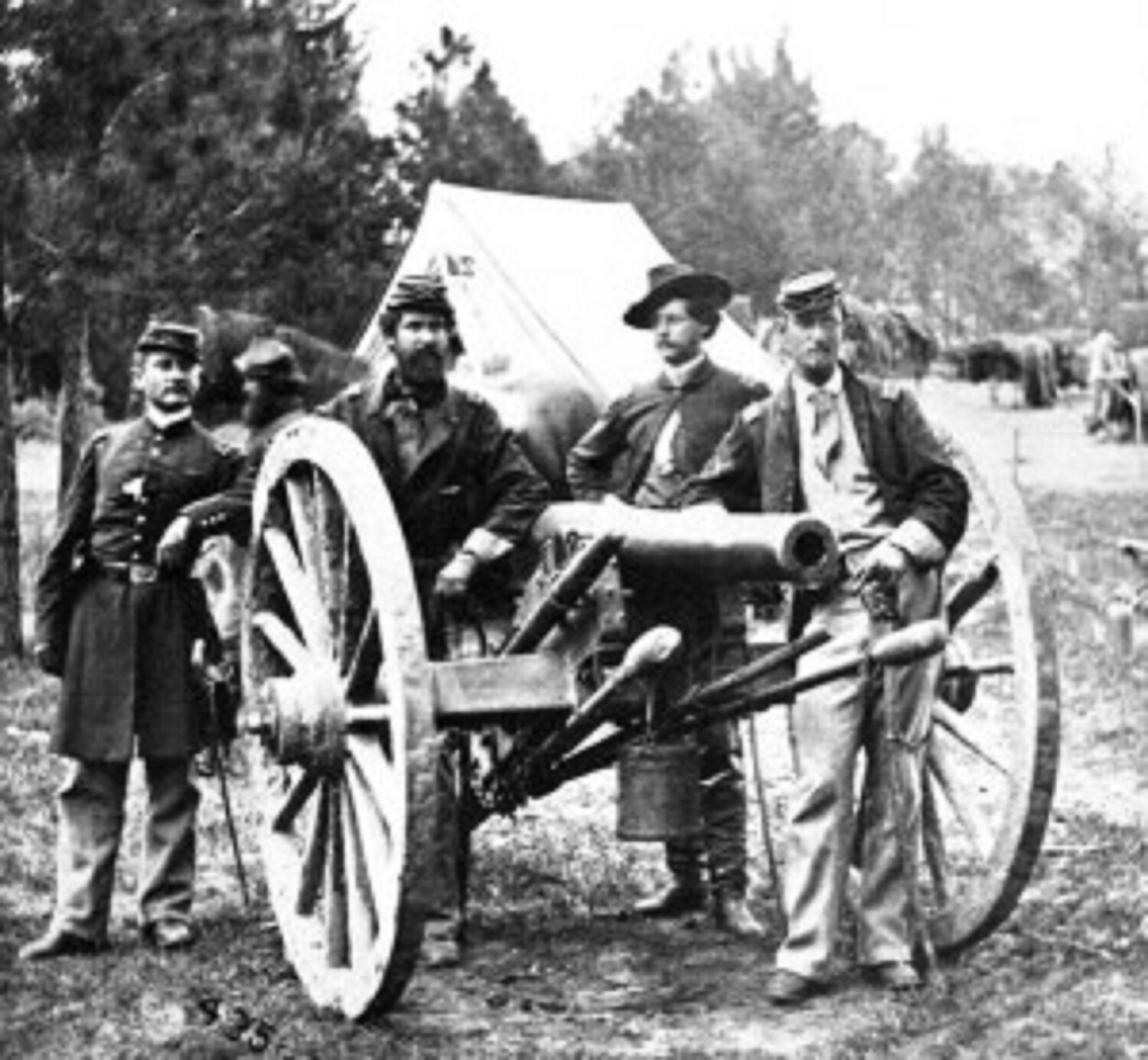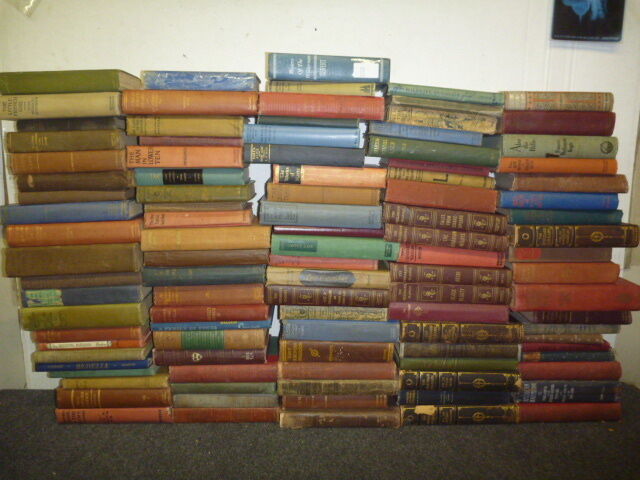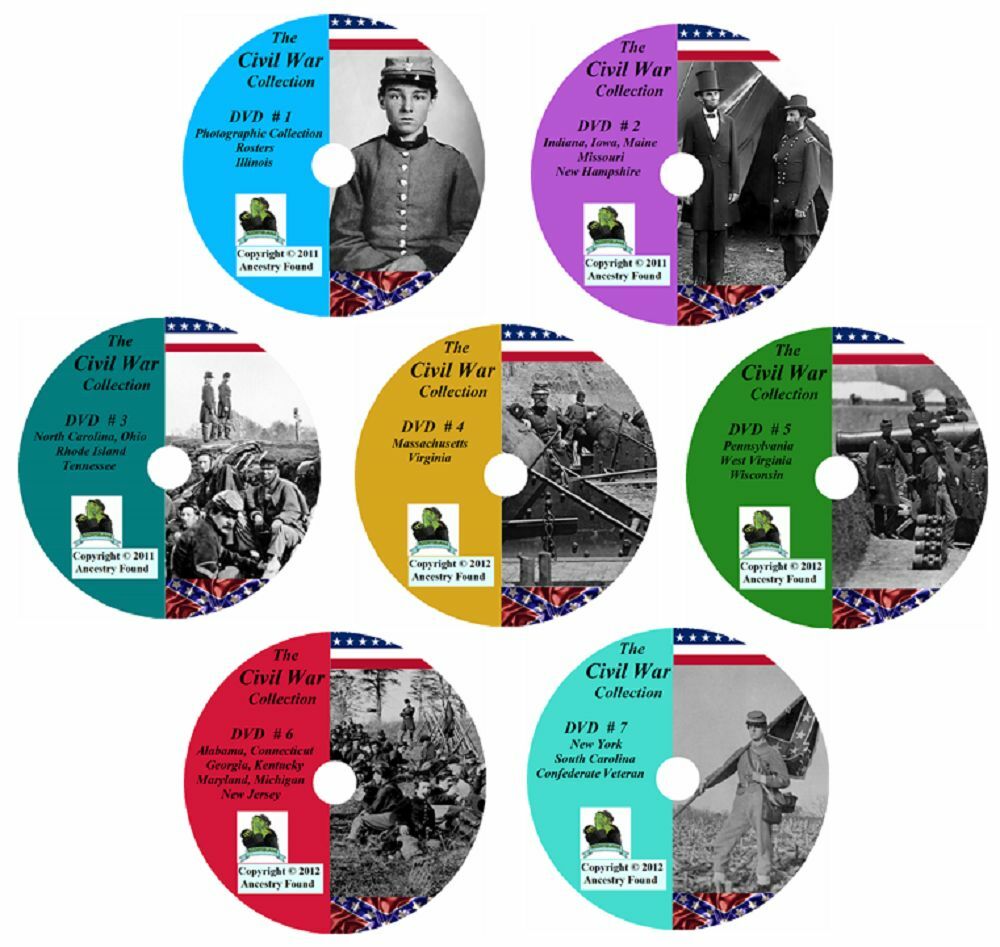-40%
*** ORIGINAL NINJA -WAKA -HANDWRITING, SEAL, WARRIOR -SAKIMORI UTA, anno 1710 *
$ 0.52
- Description
- Size Guide
Description
ORIGINALNINJA-WAKA-HANDRITING
WARRIOR WAKA-HAIKU
JAPANESE
POETRY
SWORD NOBILITY
SAKIMORI
UTA
Kyoto
, 1710
Red Seals
*** NINJA, SAMURAI and DAIMYO ***
*** Handwritten Poetry ***
*** Signatures ***
*** SEALS ***
*** WARRIOR WAKA-HAIKU ***
*** NINJA-WAKA HANDWRITING ***
*** Original handwritten - NINJA WAKA Seal ***
In this poem, two Ninja complain's life hard and compassionately.
A Hanka from this is:
Yononaka wo / Ushi to yasashi to / Omoe domo / Tobitachi kanetsu / Tori ni shi arane ba
I
feel
the
life
/
sorrowful
and
unbearable
/
but
/
I
can't
escape
/
I
'm
not a
bird
Waka is a genre of Japanese poetry.
Coined the term poems, which were written in the Chinese language and Chinese forms of poetry in the Heian period,
to distinguish the poetic form developed in Japan by the Kanshi.
Waka is therefore a collective term for several music styles. The two most important are the tanka and the Choka.
Other forms are Bussokusekika, Sedōka and Katauta.
The latter three forms lost but was soon it no longer used in the early Heian period (9th century) in popularity, and also the Choka form.
The distinctions were thus no longer needed, and tanka were General called Waka.
At the beginning of the 19th century the term tanka was redefined then.
The Japanese poet and critic Masaoka Shiki demanded that Waka should be renewed and modernized as at that time everything in Japan,
and called this new form of tanka. He coined the term haiku as a modernised form of haiku.
The Waka has, in contrast to the classical Chinese seal, not a rhyme or a division into rows. Instead of rows, the poems were divided into units.
However, these divisions in the translation of Waka in Indo-European languages become rows.
Important historical Japanese poetry collections are ' yōshū, Kokin Wakashū and Shinkokin wakashū.
Before Korean scholars brought Chinese classic texts to Japan in the 6th century, Japanese was only a spoken language.
The oldest surviving work of Japanese literature is the Kojiki of the 8th century in the Ō no Yasumaro wrote down Japanese mythology and history,
as it was told him by Hieda no are, which in turn referred to his knowledge of his ancestors.
Much of the poetry in the Kojiki is been passed may be times where Japan knew no writing.
The Nihon Shoki, the oldest history of Japan was completed in two years according to the Kojiki and contains many poems.
These are usually not very long and followed any particular form.
The first poem, which is documented in two works, is attributed to a Kami named Susanoo, the younger brother of Amaterasu.
When he married the Princess Kushinada in Izumo province, the Kami made an UTA, or Waka, a poem:
Yakumo tatsu / Izumo yagegaki / Tsuma-gomini / Yaegaki tsukuru / sono yaegaki wo
In the rich cloudy Idzumo / an eightfold fence, / that in it the wife find recording / an eightfold fence I'm doing. / Oh, the eightfold fence!
State :
complete and fully
The first anthology of Waka is the 20-volume one ' yō. It was completed may in the early Heian period and brings together many older works. The result of its sections is roughly chronological. Most of the works of the man'yōshū to follow a fixed form today called Choka and tanka. I, such a fixed form is missing the earliest works, especially in band and these are attributed to the Emperor Yūryaku.
The man'yōshū begins with a waka without fixed form, this is a love poem for an unknown girl who meets the poet by accident and a ritual song, which praises the beauty of the country at the same time. It is worth to be written to an emperor and even today among the court ritual.
The three first sections contain mostly the works of poets of the middle of the 7th century to the early 8th century. Important poets of this period were Nukata no Ōkimi and Kakinomoto Hitomaro. Kakinomoto Hitomaro was not only the greatest poet of his time and one of the most important in the man'yōshū, he is considered one of the most important poets of Japanese literature at all.
The society was divided into four strictly defined levels: the sword nobility, which was composed of the daimyo and Samurai and the heads of State and military service and priesthood, science and art were assigned to, the sword nobility-dependent peasants, craftsmen and merchants. A climb of the three not noble stands in the Peerage was not possible.
Bushido, the code of honor of the feudal warriors, became the standard for the daimyo and the class of Samurai and Ninja.
You are bidding on this Original
Handwriting of NINJA-WAKA!
JAPANESE POETRY
Sword Nobility
RARELY
Don't miss these interesting manuscripts and
check out the extensive photos
for this purpose!







